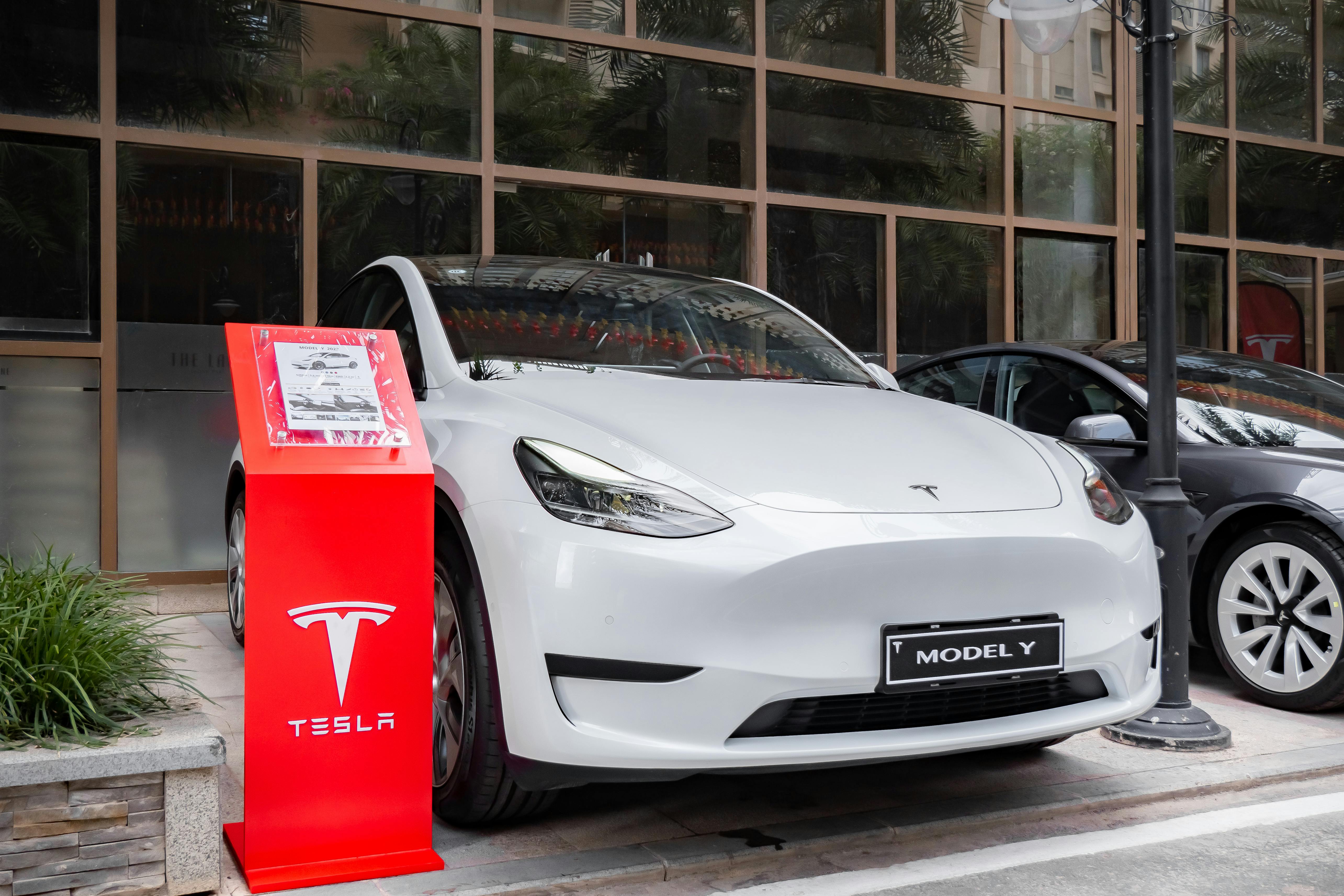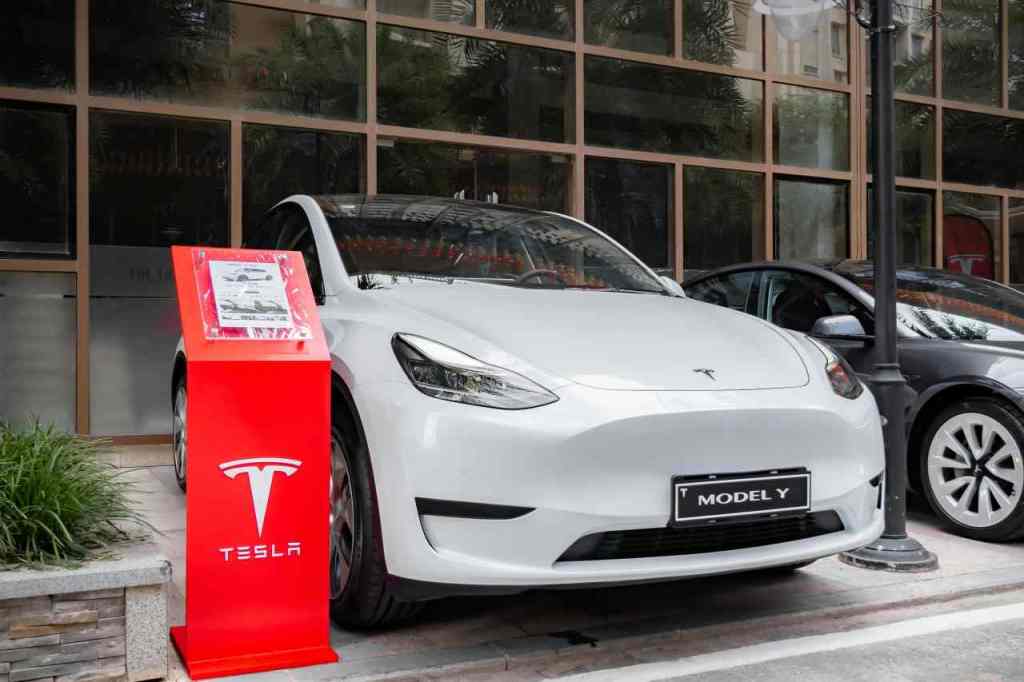
The Broader Ripple Effect: Model Y’s Influence on the EV Sector
The Tesla Model Y’s journey from its introduction to its established dominance in 2025 has profound implications for the entire electric vehicle industry. It has acted as a catalyst, setting performance, technology, and consumer expectation benchmarks that competitors are still striving to meet.
Setting the Industry Standard. Find out more about Tesla Model Y continuous improvement strategy.
Tesla’s success with the Model Y has proven that electric SUVs can offer compelling performance, substantial range, advanced technology, and a desirable user experience, all while maintaining efficient manufacturing. This has significantly influenced the strategies of legacy automakers and new EV startups alike. Many have shifted their focus to developing comparable electric SUVs, often citing the Model Y as a key competitor or benchmark in their product planning. The benchmark set by the Model Y for things like its minimalist interior design, expansive glass roof, and sophisticated infotainment system has been widely emulated. The performance metrics of the Model Y – its rapid acceleration, impressive range, and access to Tesla’s Supercharger network – have pushed rivals to accelerate their own EV development timelines and invest more heavily in battery technology and charging infrastructure. Companies are now under immense pressure to match Tesla’s pace of innovation, particularly in software development and autonomous driving features. The Model Y, therefore, doesn’t just compete; it compels the entire sector to elevate its game.
Accelerating Electrification and Sustainability Goals
The sheer volume of Model Ys on the road globally has made a tangible impact on reducing carbon emissions from transportation. Its widespread adoption demonstrates that consumers are ready and willing to embrace electric vehicles when they offer a compelling package. This success story encourages governments and regulatory bodies to set more ambitious targets for EV adoption and invest further in charging infrastructure and incentives. Furthermore, Tesla’s manufacturing efficiencies and its focus on sustainable materials and processes, even if sometimes controversial, push the industry to think more critically about the environmental footprint of vehicle production. As the Model Y continues to evolve, its impact on accelerating the global transition to sustainable transportation will only grow. It serves as a powerful case study, proving that high-volume, desirable electric vehicles are not a distant dream but a present reality that can drive significant positive change.
Conclusion: The Enduring Legacy and Future Trajectory of the Model Y. Find out more about Model Y Juniper refresh features guide.
As we stand in late 2025, the Tesla Model Y is more than just a car; it’s a phenomenon. It has redefined expectations for electric SUVs, demonstrating that a vehicle can be at once practical, high-performing, technologically advanced, and desirable. Its enduring platform, bolstered by Tesla’s commitment to continuous software and hardware refinement, ensures its relevance today and positions it strongly for the future. The ongoing innovations in battery technology, autonomous driving, and in-car connectivity promise that the Model Y will continue to evolve, offering owners increasingly sophisticated and efficient experiences. Its success story has irrevocably shaped the EV sector, pushing competitors to innovate faster and accelerating the global shift towards sustainable transportation.
Key Takeaways:
Actionable Insights for EV Enthusiasts:. Find out more about Model Y Juniper refresh features definition guide.
The Tesla Model Y’s story is far from over. It remains a benchmark, a driver of innovation, and a compelling option for consumers looking to embrace the electric future. Its continued evolution ensures it will remain a pivotal vehicle in the automotive landscape for years to come. What are your thoughts on the future of the Model Y? What innovations are you most excited to see in the next generation of electric vehicles? Share your insights in the comments below!
